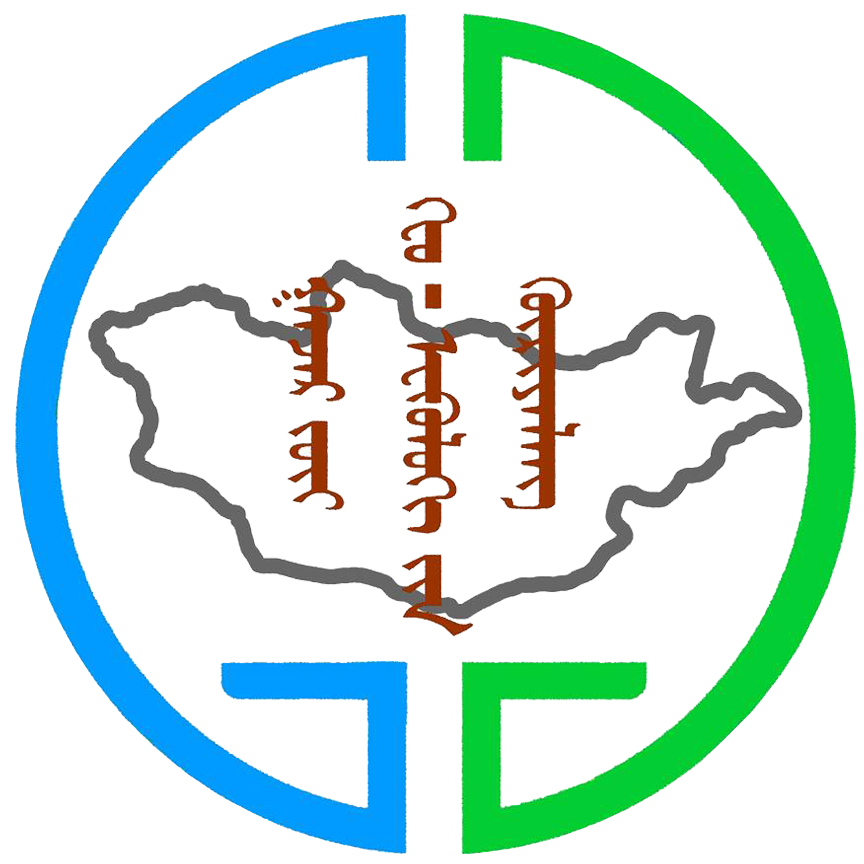Spatiotemporal variation in snow cover and its ...
Snow cover is an important water source for vegetation growth in arid and semi-arid areas, and grassland phenology provides valuable information on the response of terrestrial ecosystems to climate change. The Mongolian Plateau features both abundant snow cover resources and typical grassland ecosystems. In recent years, with the intensification of global climate change, the snow cover on the Mongolian Plateau has changed correspondingly, with resulting effects on vegetation growth. In this study, using MOD10A1 snow cover data and MOD13A1 Normalized Difference Vegetation Index (NDVI) data combined with remote sensing (RS) and geographic information system (GIS) techniques, we analyzed the spatiotemporal changes in snow cover and grassland phenology on the Mongolian Plateau from 2001 to 2018. The correlation analysis and grey relation analysis were used to determine the influence of snow cover parameters (snow cover fraction (SCF), snow cover duration (SCD), snow cover onset date (SCOD), and snow cover end date (SCED)) on different types of grassland vegetation. The results showed wide snow cover areas, an early start time, a late end time, and a long duration of snow cover over the northern Mongolian Plateau. Additionally, a late start, an early end, and a short duration were observed for grassland phenology, but the southern area showed the opposite trend. The SCF decreased at an annual rate of 0.33%. The SCD was shortened at an annual rate of 0.57 d. The SCOD and SCED in more than half of the study area advanced at annual rates of 5.33 and 5.74 DOY (day of year), respectively. For grassland phenology, the start of the growing season (SOS) advanced at an annual rate of 0.03 DOY, the end of the growing season (EOS) was delayed at an annual rate of 0.14 DOY, and the length of the growing season (LOS) was prolonged at an annual rate of 0.17 d. The SCF, SCD, and SCED in the snow season were significantly positively correlated with the SOS and negatively correlated with the EOS and LOS. The SCOD was significantly negatively correlated with the SOS and positively correlated with the EOS and LOS. The SCD and SCF can directly affect the SOS of grassland vegetation, while the EOS and LOS were obviously influenced by the SCOD and SCED. This study provides a scientific basis for exploring the response trends of alpine vegetation to global climate change.
Энэ нөөцөд зориулж үүсгэсэн харагдац байхгүй байна
Нэмэлт мэдээлэл
| Талбар | Утга |
|---|---|
| Өгөгдлийн сүүлийн шинэчлэл | 2021 4-р сар 18 |
| Мета өгөгдөлийн сүүлийн шинэчлэл | 2021 4-р сар 18 |
| Үүссэн | 2021 4-р сар 18 |
| Хэлбэр | application/pdf |
| Ашиглах зөвшөөрөл | Creative Commons Attribution |
| created | 4 жилээс өмнө |
| format | |
| id | 323a20e7-0ba7-410b-a839-9f846b0a4b5b |
| last modified | 4 жилээс өмнө |
| mimetype | application/pdf |
| on same domain | True |
| package id | caab451e-af9f-4a07-a5f6-67a48dcbb869 |
| revision id | 6e6fa031-ad97-4ab6-91b7-6b6144a8b520 |
| size | 2.6 мегабайт |
| state | active |
| url type | upload |
